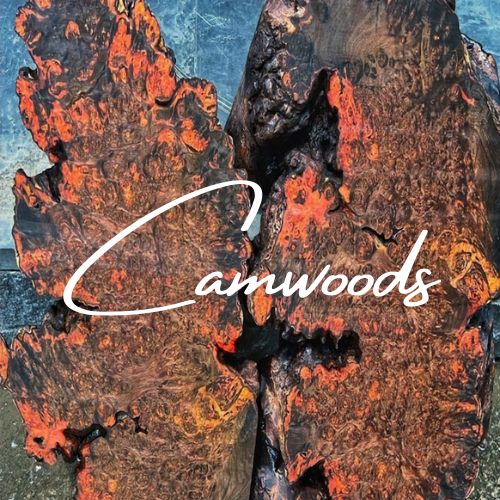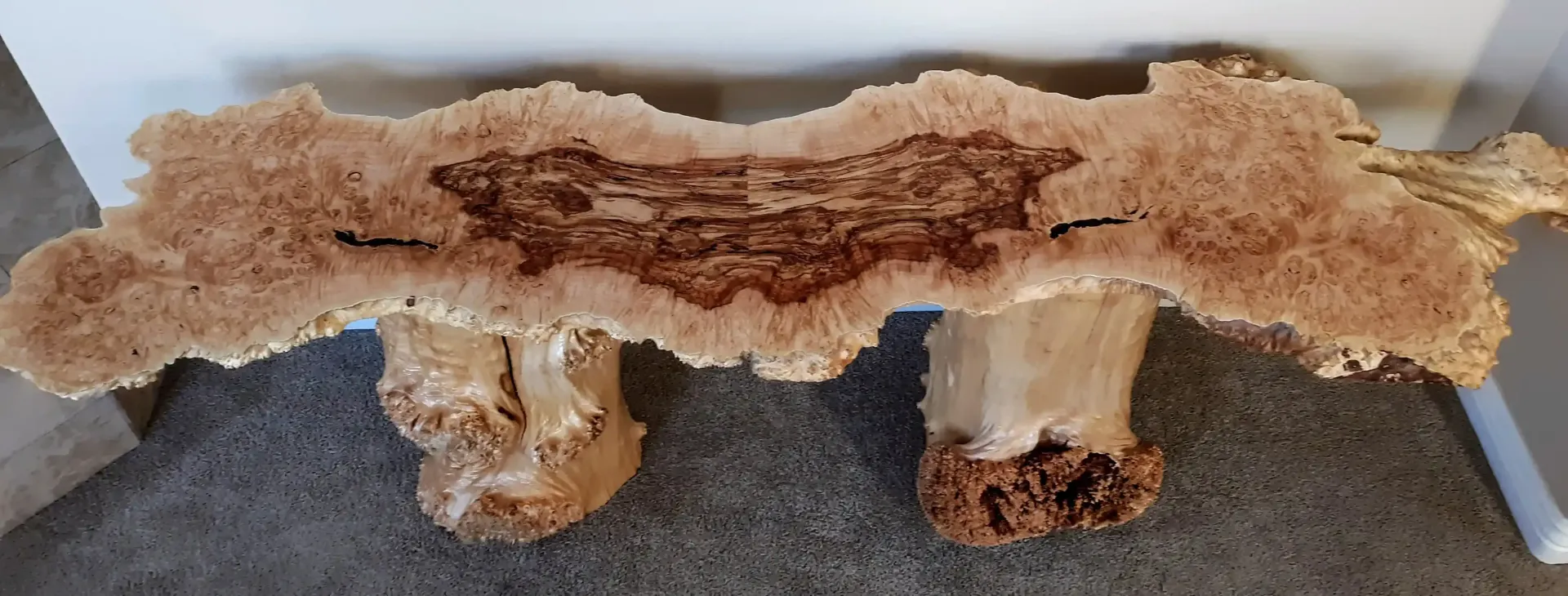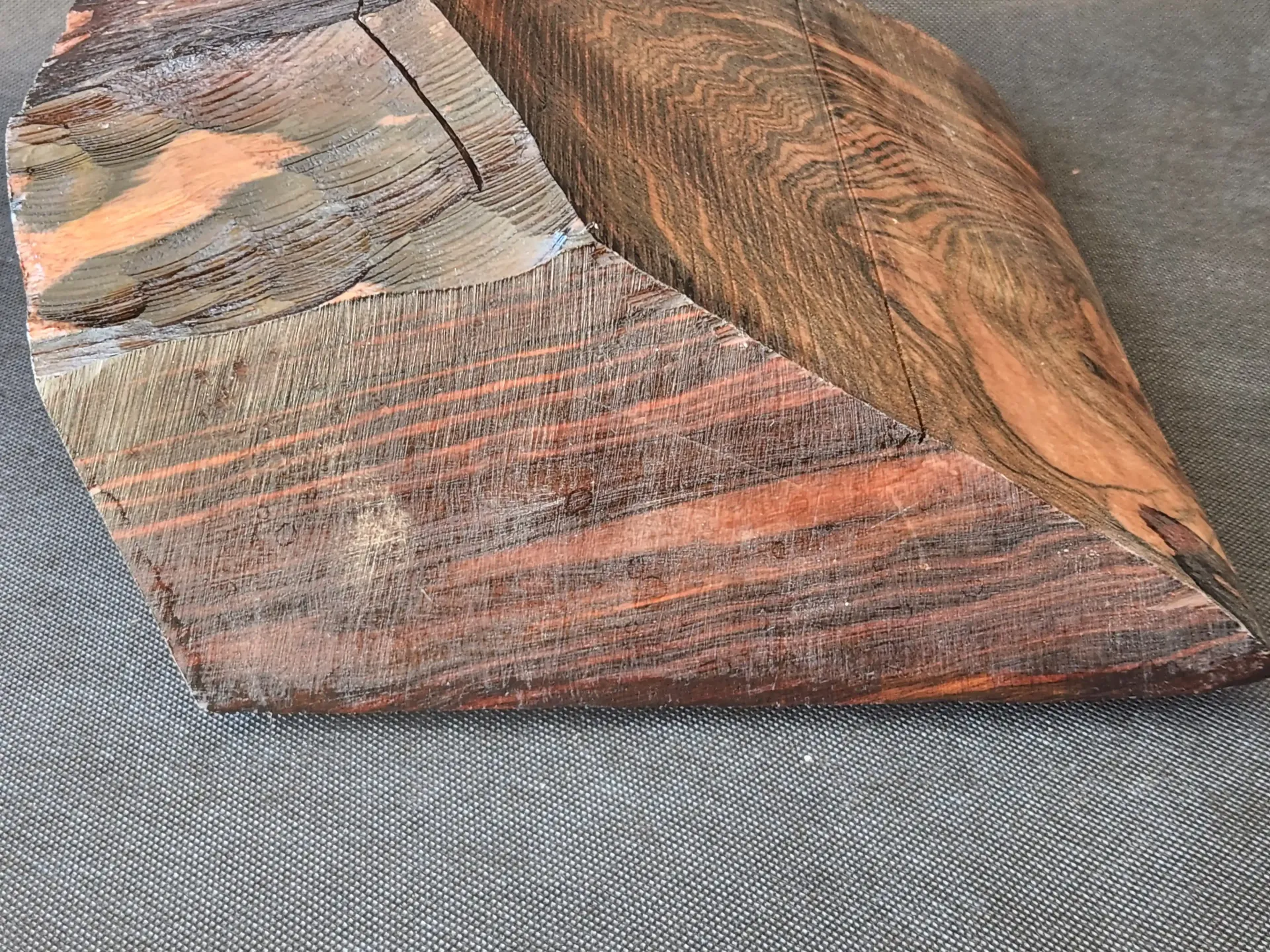The Ultimate Guide to Buying Exotic Wood for Crafts and Instruments
Looking for the right exotic wood for your next project?
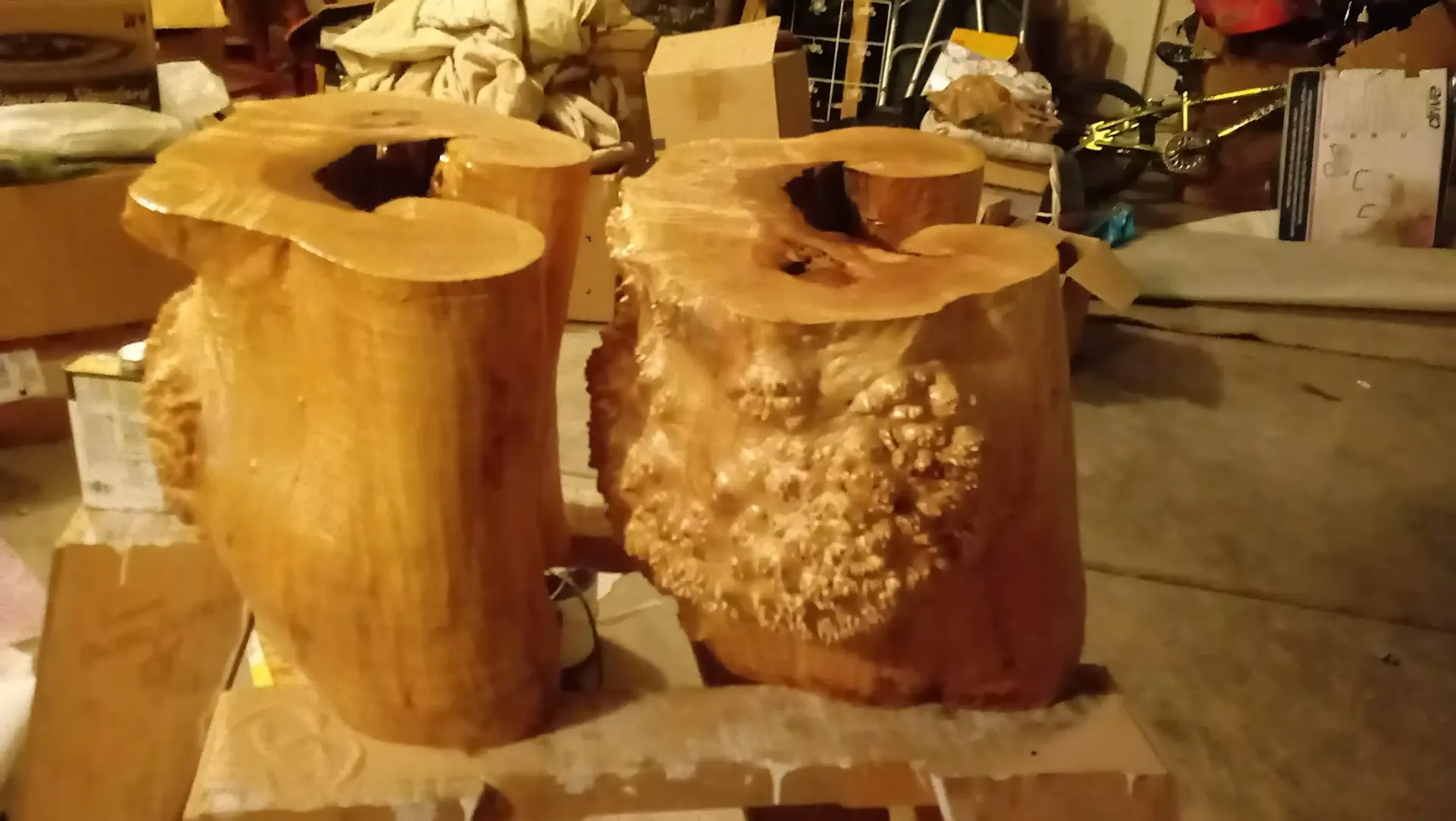
Whether you’re a woodworker, luthier, or hobbyist, choosing the perfect piece of wood can make or break your creation. At Camwoods, we import some of the most unique and sought-after exotic woods used in crafts, fine woodworking, and musical instruments.
In this guide, we’ll answer the most common questions buyers have:
- Which exotic woods are best for instruments?
- What makes each type of wood unique?
- Where can I buy high-quality exotic wood?
Let’s dive into the types of exotic woods available at Cam Woods and how you can use them in your next masterpiece.
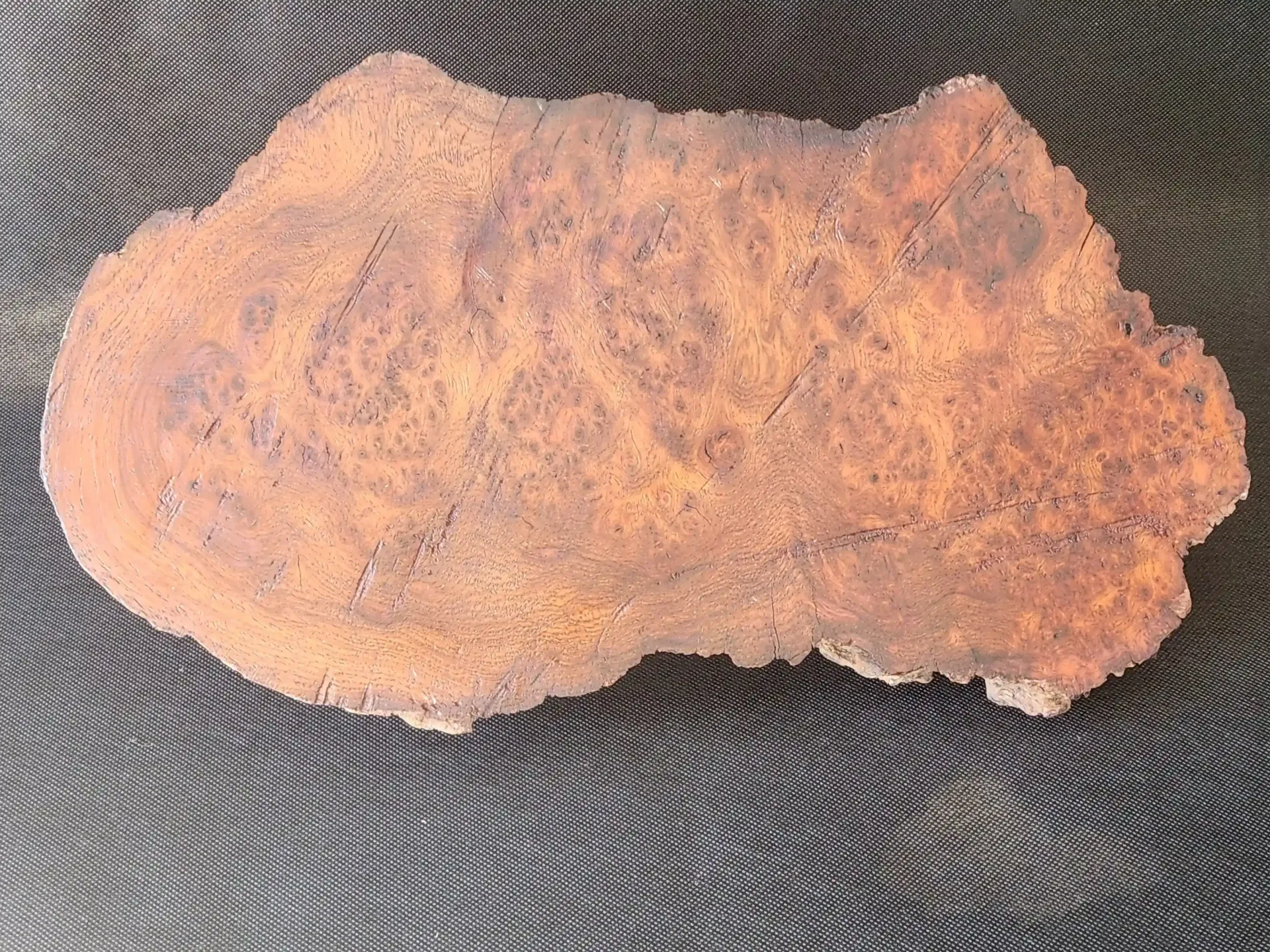
Why it’s special: Amboyna is one of the most luxurious burls in the world, prized for its swirling grain patterns and rarity.
Best uses:
- High-end instrument veneers (guitars, violins)
- Knife handles
- Decorative inlays and small luxury crafts
Tip: Because Amboyna is dense and highly figured, it’s best used in smaller, statement pieces rather than large furniture.
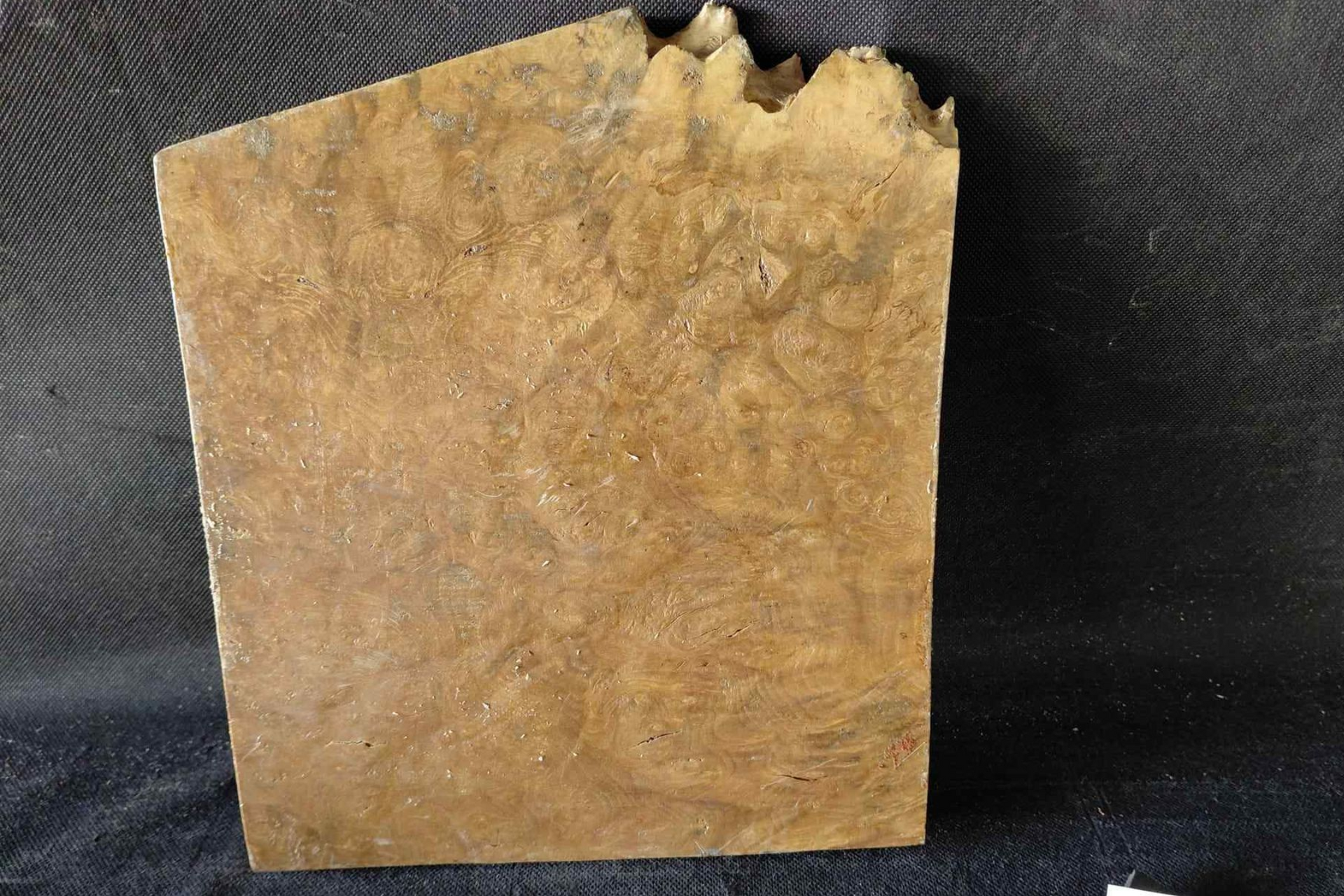
Why it’s special: Known for its pleasant aroma and rich reddish-brown tones, Camphor is a favorite for both its beauty and its workability.
Best uses:
- Carvings and turned crafts
- Decorative boxes
- Instrument soundboards (in some traditional instruments)
Tip: Camphor is softer than some exotics, making it easier to work with hand tools.
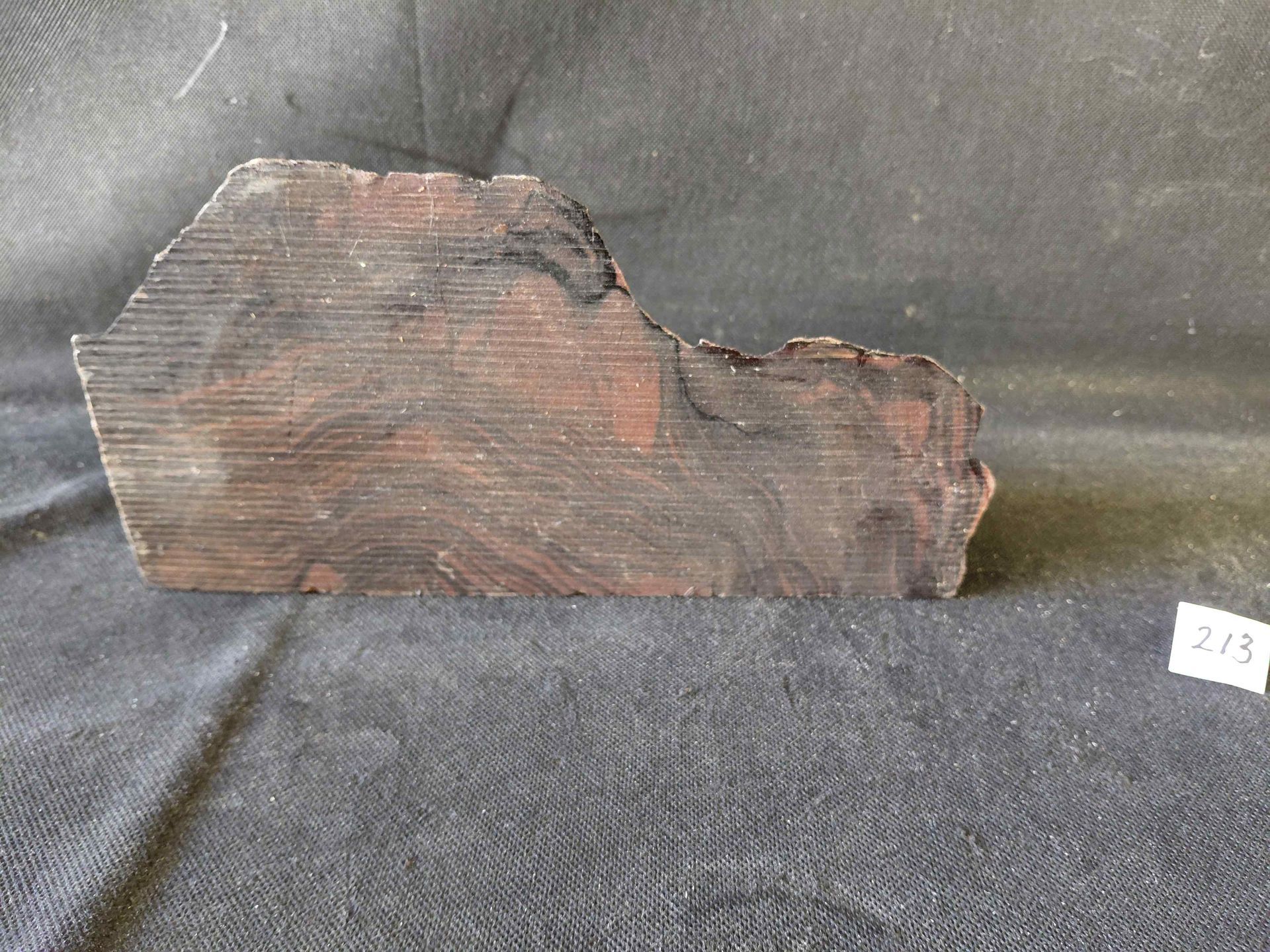
Why it’s special: Dense, jet-black, and silky smooth, Ebony is one of the most famous exotic woods.
Best uses:
- Piano keys, guitar fretboards, violin fingerboards
- Fine crafts and carvings
- Jewelry and decorative accents
Tip: Because Ebony is very dense, sharp tools are essential. Small craft pieces or instrument parts are where Ebony shines.
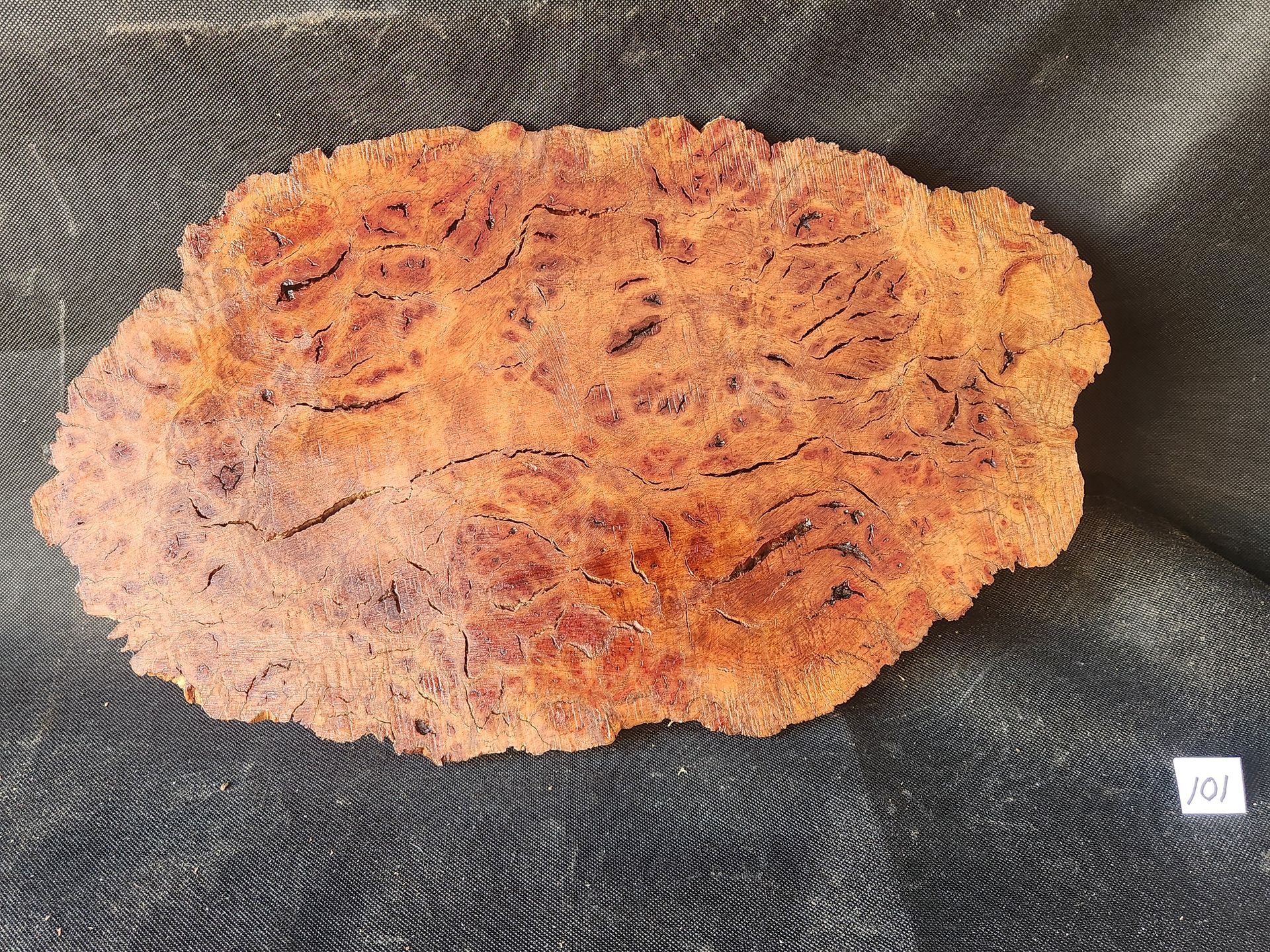
Why it’s special: Madrone is known for its pinkish-brown hue and its striking burl figure.
Best uses:
- Turned bowls
- Veneers
- Small decorative crafts
Tip: Madrone burl is rare and highly prized — perfect for one-of-a-kind artistic projects.
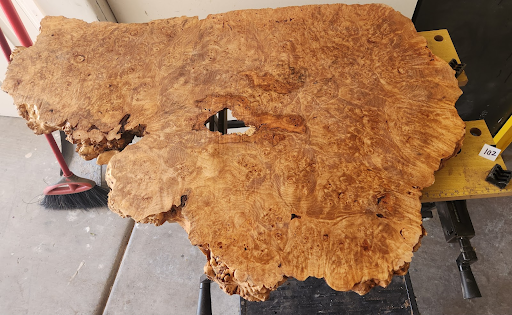
Why it’s special: Maple is one of the most versatile hardwoods, with varieties like curly maple and birdseye highly prized by instrument makers.
Best uses:
- Guitar bodies and necks
- Violin backs and sides
- Decorative furniture and crafts
Tip: Maple takes stain well, making it a favorite for projects needing both durability and visual appeal.
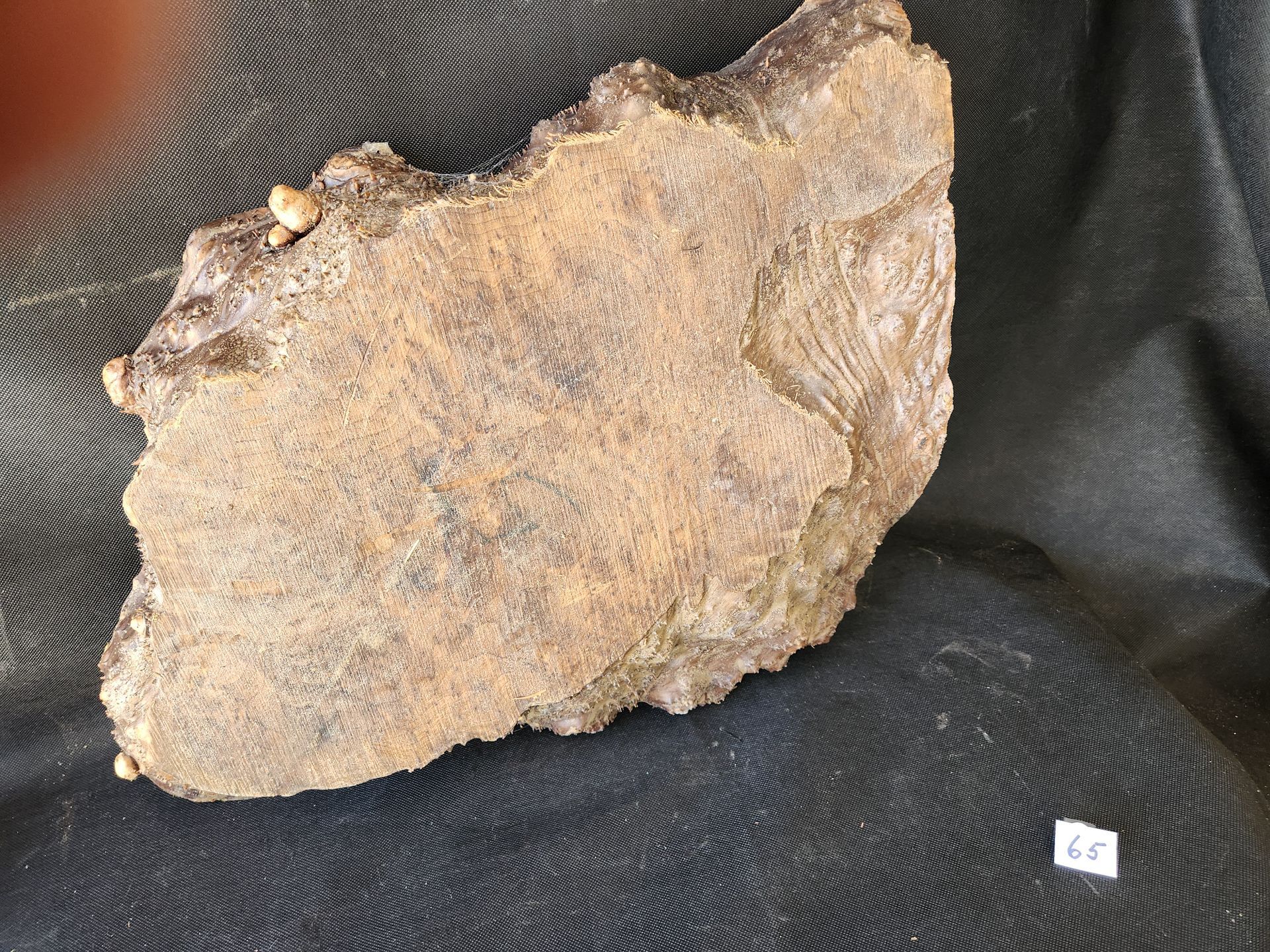
Why it’s special: Native to the Pacific Northwest, Myrtlewood is known for its colorful streaks — golden, green, and even purple hues.
Best uses:
- Guitar backs and sides
- Turned bowls
- Decorative slabs
Tip: Each Myrtlewood slab is unique, making it a favorite for custom instrument makers.

Why it’s special: Unlike most woods, Palm Wood has a distinctive spotted texture that gives projects a unique look.
Best uses:
- Knife handles
- Small crafts and jewelry
- Accent inlays
Tip: Palm can be challenging to work with due to its fibrous nature, but the result is striking and modern.
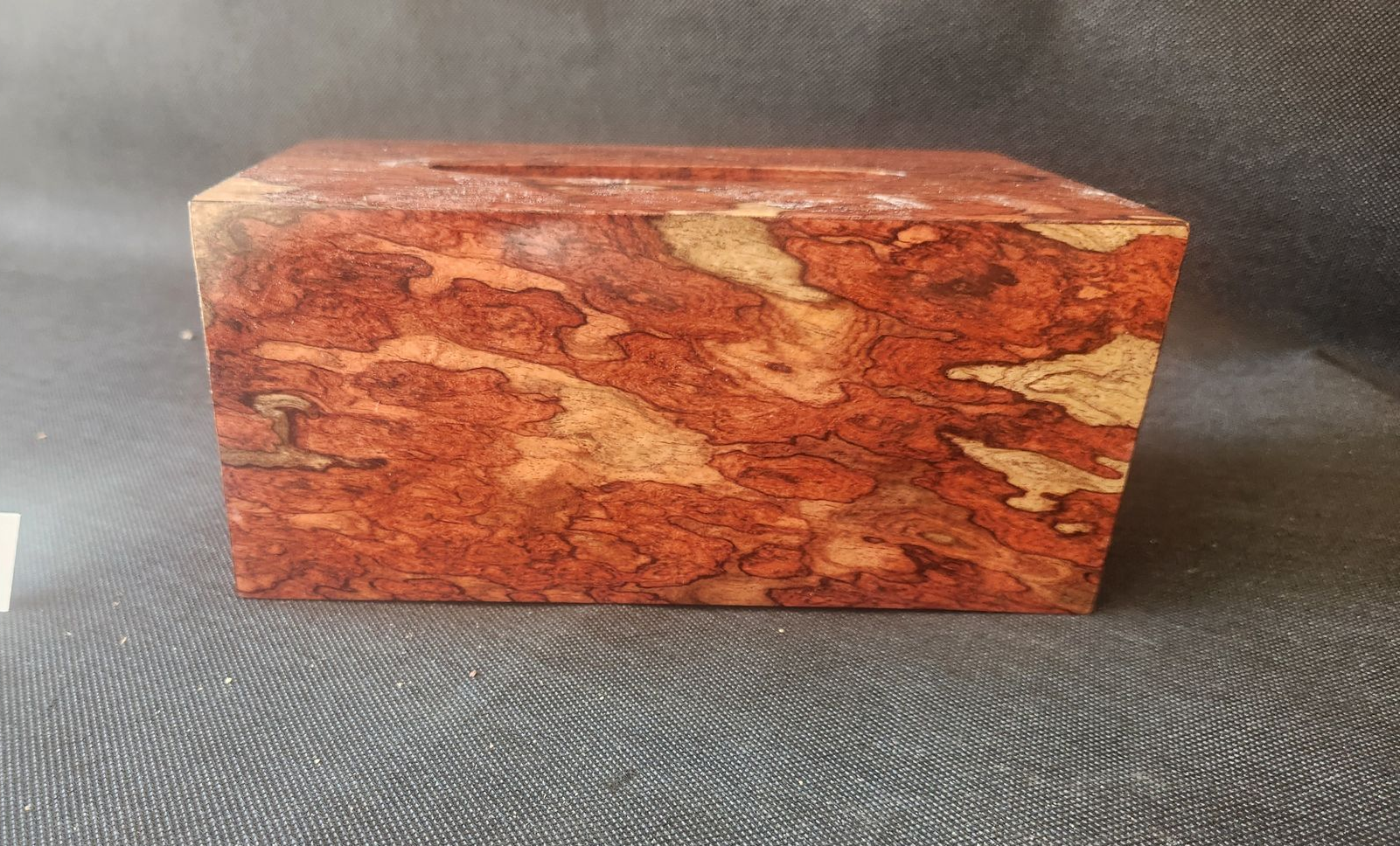
Why it’s special: Rich in tone and beauty, Rosewood is a favorite for both fine furniture and musical instruments.
Best uses:
- Guitar fretboards, backs, and sides
- Decorative carvings and boxes
- Luxury furniture accents
Tip: Indian Rosewood is especially common in guitars for its warm tonal quality.
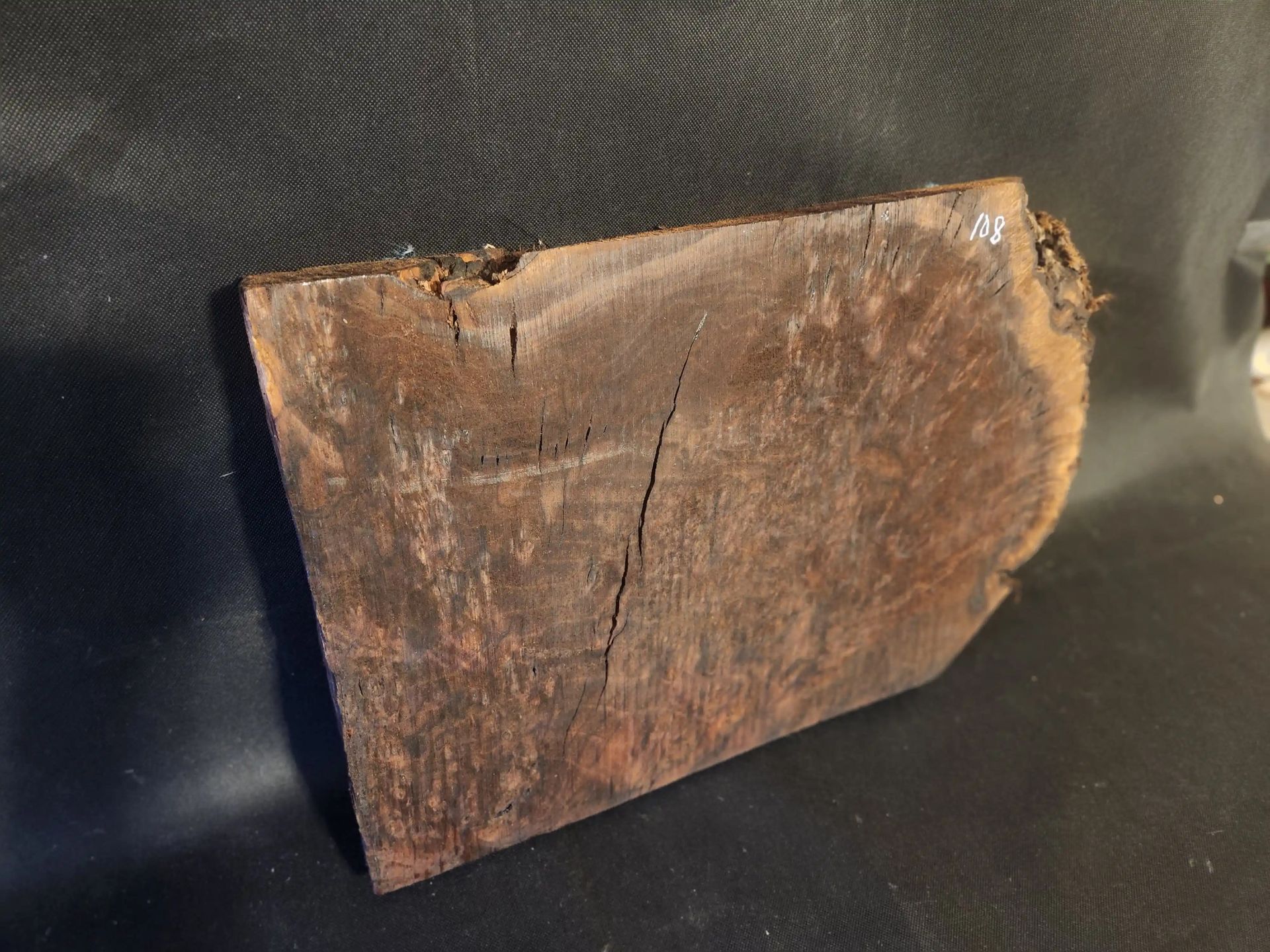
Why it’s special: Walnut’s deep brown tones and workability make it a staple among woodworkers.
Best uses:
- Custom furniture
- Turned bowls and carvings
- Guitar bodies and crafts
Tip: Walnut blends strength and beauty, making it versatile for both large projects and small crafts.
Conclusion
Whether you’re a musical instrument maker, furniture builder, or craft enthusiast, Cam Woods has the exotic wood you need to make your project stand out.
Browse our collection of exotic woods or contact us for help selecting the perfect material.
